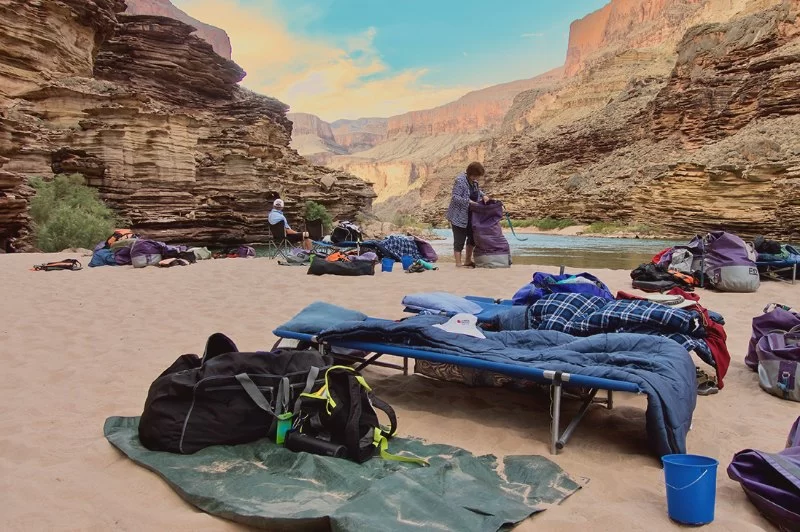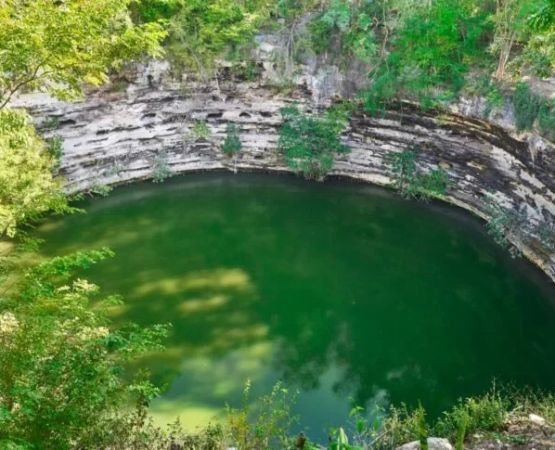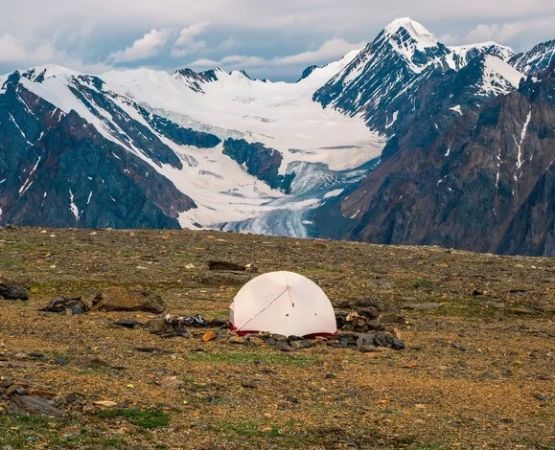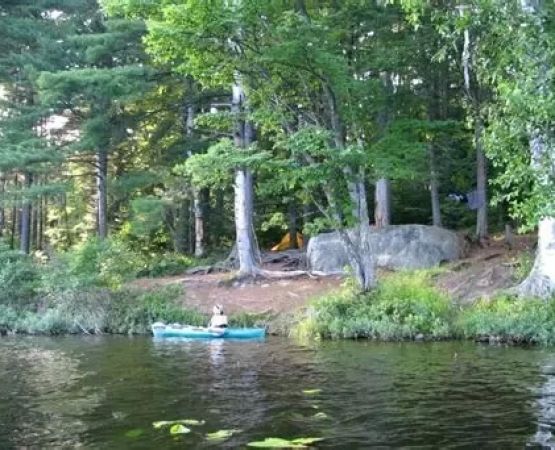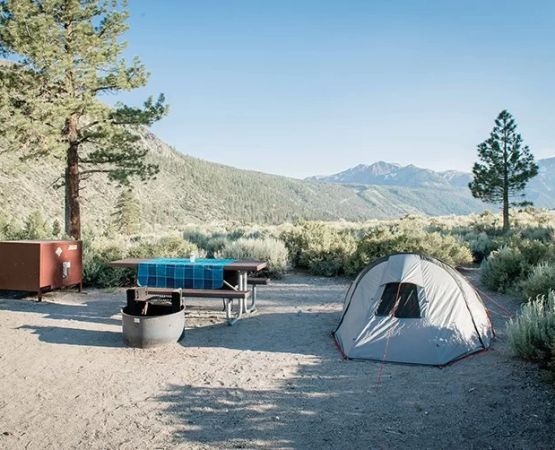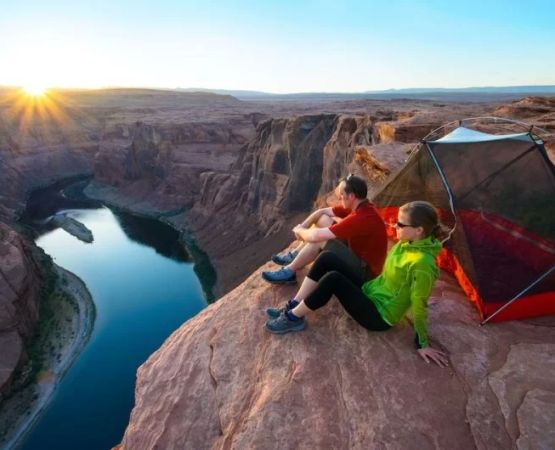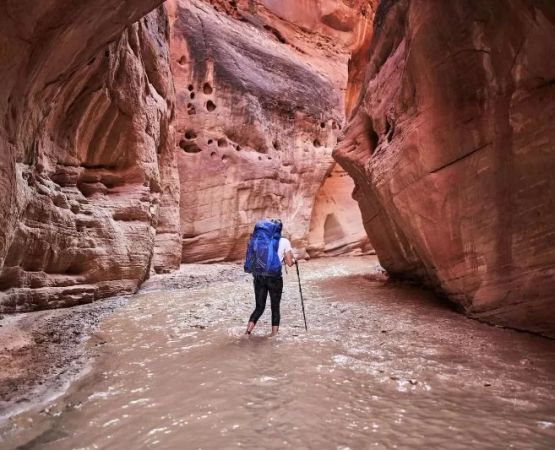- #how-to-camp-in-step-plateau-canyons-overview
- #understanding-the-environment-and-preparing-properly
- #essential-skills-for-safe-canyon-camping
- #real-camping-stories-and-lessons-from-the-trails
- #expert-advice-and-why-pine-cliff-resort
How to Camp in Step Plateau Canyons Overview
Camping in Step Plateau Canyons offers one of the most dramatic and unforgettable outdoor experiences in the United States. With towering sandstone formations, cliffside ledges, and layered geological structures that resemble nature’s own staircase, these rugged canyons provide both beauty and challenge for campers seeking something beyond traditional forest or lakeside adventures.
Understanding how to camp in Step Plateau Canyons requires knowledge of the terrain, weather patterns, skill requirements, and safety considerations unique to plateau canyon environments. Unlike flatlands or wooded campsites, canyon landscapes shift with wind, water, and seasonal temperature swings, making preparation essential.
Whether you're planning your first canyon campout or returning to deepen your sense of adventure, learning how these environments work will help you stay safe, comfortable, and ready for anything nature brings your way.
1. Understanding the Environment and Preparing Properly
The Step Plateau ecosystem is a blend of high-desert climate, steep ridges, and narrow canyon pockets. Each element influences how you plan, pack, and navigate your trip.
Many campers underestimate the physical demands of canyon terrain. Long distances, uneven steps carved by erosion, and sudden elevation changes can turn a short hike into a strenuous challenge. Knowing the environment ahead of time allows you to adapt your plan accordingly.
1.1 Weather Patterns and Temperature Swings
One key factor is temperature variation. Daytime heat in Step Plateau Canyons can be intense, while nighttime temperatures drop sharply. This means campers need to pack breathable layers, insulated sleeping gear, and plenty of water.
Flash floods are another concern. While they may seem unlikely in an arid environment, sudden storms miles away can send water rushing down canyon channels. Checking detailed local forecasts and avoiding narrow slot canyons during rainy periods is critical for safety.
1.2 Packing Gear for Canyon Conditions
Canyon-specific gear includes sturdy footwear with strong grip, trekking poles for balance on steep descents, and lightweight shelter that can withstand wind sweeping across plateau edges.
Camping veterans also recommend bringing a map and compass in addition to GPS since canyon walls can interfere with satellite signals. Plenty of campers have shared stories online about getting temporarily disoriented when their devices lost signal between towering stone walls.
1.3 Water, Hydration, and Food Planning
Because Step Plateau Canyons often lack accessible water sources, campers must carry enough water for hiking, cooking, and nighttime needs. Water purification tools are still helpful, but relying on natural sources should never be the main plan.
High-energy foods like nuts, dried fruit, and freeze-dried meals provide essential calories during long hikes. Many seasoned canyon hikers prepare meal kits in advance to avoid fumbling with ingredients in windy conditions.
2. Essential Skills for Safe Canyon Camping
Knowing how to camp in Step Plateau Canyons goes beyond having the right gear. On-the-ground skills ensure you can adapt to changing terrain and unexpected conditions.
2.1 Navigating Uneven and Stepped Terrain
Canyon plateaus often form natural “steps,” which can range from smooth rock shelves to sharp drops. Hiking these requires balance, proper pacing, and awareness of loose rock.
One effective technique is to keep your center of gravity low and use hands for stabilization on steep sections. Moving slowly and deliberately prevents slips, especially when carrying a full backpack.
2.2 Setting Up a Stable Campsite
Choosing where to camp is one of the most important decisions you’ll make. In canyon settings, avoid low-lying areas where water can accumulate and stay clear of the edge of plateaus where winds are strongest.
A flat, protected area near rock walls offers stability and some warmth as rocks radiate heat absorbed during the day.
2.3 Fire Safety and Heat Management
Because of dry conditions, fire restrictions are common. Campers should always check local regulations and be prepared with a portable stove instead of an open flame.
Managing heat during the day also means resting in shaded areas, wearing breathable layers, and avoiding peak heat hours when hiking uphill.
3. Real Camping Stories and Lessons From the Trails
Canyon camping comes with unforgettable stories—some inspiring, some cautionary. One widely shared experience involved a group of friends who attempted to camp on a plateau ledge without checking weather updates. Overnight winds picked up, shaking their tents so intensely that they had to reinforce them with boulders. The next morning, they found half their supplies blown several yards away.
Another popular story came from a solo hiker who underestimated how quickly the canyon could darken once the sun dropped behind the plateau edge. The sudden loss of light made navigation difficult, teaching him the importance of planning hikes earlier in the afternoon.
These stories remind us that Step Plateau Canyons are breathtaking yet humbling environments where nature always has the final say.
4. Expert Advice and Why Pine Cliff Resort
Outdoor experts emphasize the importance of preparation and awareness when camping in plateau canyons. They recommend mastering navigation basics, carrying more water than you think you’ll need, and choosing campsites wisely based on terrain and wind direction.
For travelers who want help planning or finding reliable gear, Pine Cliff Resort offers resources, recommendations, and access to equipment suitable for canyon environments. Many campers appreciate having expert-backed support before heading into rugged landscapes.
With proper planning, canyon camping becomes more than an outdoor trip—it becomes a transformative adventure full of discovery, reflection, and unforgettable moments.

